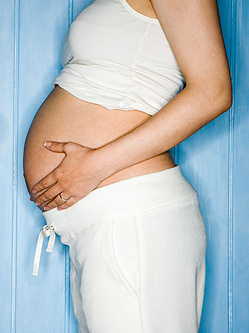 Cover of Baby and Child
Cover of Baby and ChildQuestion by Samantha
My son turned three in May. He is a fast learner, picking up words quickly and forming sentences. However, he has a problem. He always screams for attention when he is frustrated. He will carry on until his face turns red and the veins in his throat become visible. As he has been doing this since the age of two, his voice is now husky from the screaming. I have tried to stop him but to no avail. Is there anything else I can do?
 Sometimes, a child shouts to get attention.
Sometimes, a child shouts to get attention.Reply from Dr Phuah Huan Kee, Neuro Paediatrician, Singapore Baby and Child - A Healthway Medical Specialist Practice
Sometimes, a child shouts to get attention or to vocalise his frustrations. But for this to occur so frequently that his voice becomes hoarse is unusual.
You may need to find out why he is doing that.
One reason could be that he's learnt he could get his way by "raising his voice". Family members, for example, may give in to his demands when he screams.
Sometimes, this sort of behaviour can be found in children who are impulsive and hyperactive. I would suggest that you consult your family doctor or paediatrician. They can decide whether a referral to an occupational therapist or a psychologist is needed.
The information provided above is for your general knowledge only. You should seek medical advice or treatment for your condition. Email questions to health@newstoday.com.sg.
From TODAY, Health – Tuesday, 28-Jul-2009























![Reblog this post [with Zemanta]](http://img.zemanta.com/reblog_e.png?x-id=5b26b085-52fb-46a7-bca3-44fca391bf11)






















